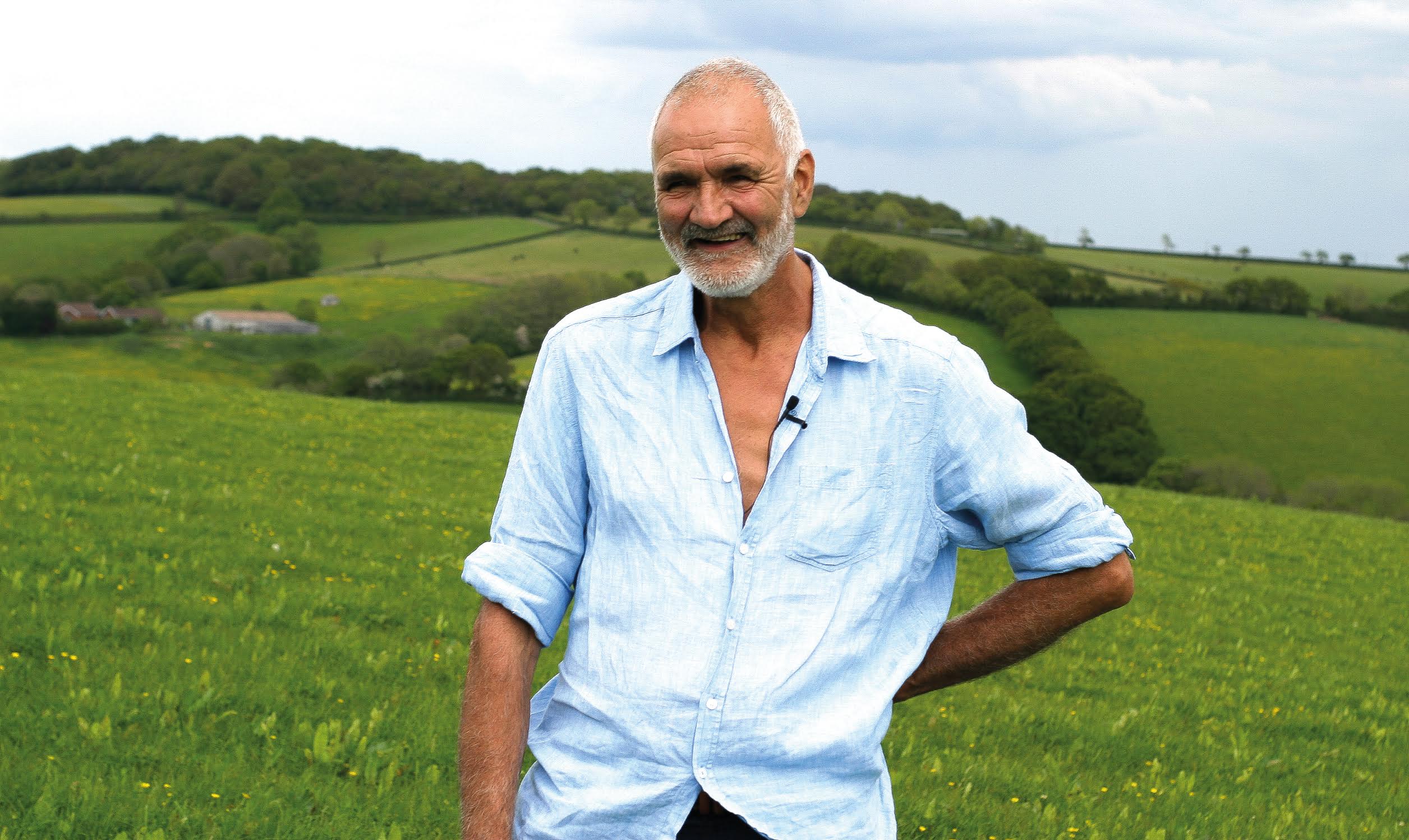

Martin Chatfield, at Crossways Farm, describes himself as an accidental farmer, who started farming ‘by mistake’ after he bought some chickens. That was nearly forty years ago, but Martin says he’s never stopped learning and experimenting. As a first generation farmer, he has nobody to pass on knowledge and skills to him, so instead he has always done lots of researching and reading, with impressive results. He has approximately 900 ewes, producing finished lambs. There are two flocks, one organic flock and one which is farmed conventionally.
As a tenant farmer, Martin has to farm without subsidies, so needed to cut costs per head of ewe. ‘We were spending too much on concentrates and not consistently getting good performance from the animals,’ Martin says. When he read about red clover and herbal leys he was intrigued to discover that he could get everything he needed out of the ground rather than buying in inputs and decided to give these mixtures a go. ‘The neighbours thought we were mad,’ he adds.
But it worked.
‘Although the initial expense was frightening, once you’ve got into the system, the results are great. We don’t need to buy any minerals because the herbal ley provides them. The sheep love it. We halved our use of concentrates and benefited from improved growth rates too.’
Martin now usually has around 20-30 acres of red clover and 100 acres of herbal ley and makes silage from both. ‘We get good silage off the red clover. Twenty bales to the acre with a bit of P&K and no fertiliser.’
The red clover is cut at the end of May, with a second cut in early August and then again at the end of September.The first cut is mainly grass. The second cut is 50/50 grass and clover and the third cut is mainly clover.
When it comes to managing the herbal ley, Martin’s advice is to keep on top of the chicory in the second year as it ‘grows like mad’. The benefit is that it has deep roots, so goes on growing in drought conditions, but ‘you have to rotationally graze, otherwise it gets away and then it goes to seed.’ Martin cautions not to graze it heavily in winter though. ‘If you graze the crown out of it, you’ll kill it.’
The rotational grazing works well, ensuring clean ground is in front of the stock and helping keep the worm burden low if the stock are not put back into a field for at least 21 days. ‘We never worm the organics,’ Martin says. He plans to put more land down to red clover and herbal leys in future and is still experimenting. ‘Last year we tried slot seeding some old pastures with an Aitchison. We wanted early and late grass, so we used a bespoke herbal ley, adding in cocksfoot for early growth, timothy for late growth, to extend the growing season and more clover to increase protein levels.’
Martin has been using Cotswold Seeds for 15-20 years. ‘We started small, found it worked, and experimented with different mixtures. We’d ring Cotswold Seeds up and explain what results we needed, and they’d come up with suggestions. Now we tend to ask for the mixture we want and they just put it together for us.’
Date Posted: 18th February 2020



